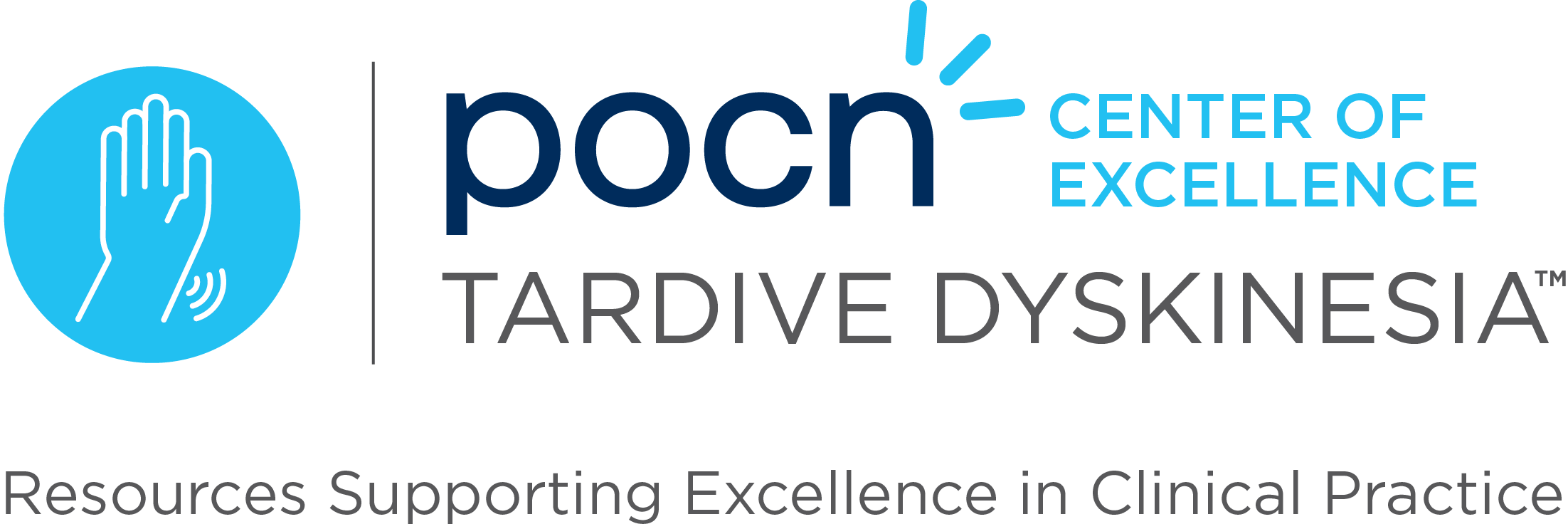A recent study explored the prevalence and risk factors for tardive dyskinesia (TD) in patients with schizophrenia undergoing long-term antipsychotic treatment. It found that 35.9% of patients exhibited TD symptoms, with older age, Chinese ethnicity, and prolonged antipsychotic use being significant risk factors. The prevalence of TD in these patients highlights the importance of regular monitoring and early detection, particularly for older patients and those with extended histories of antipsychotic treatment. The study also noted that facial and oral movements were the most commonly impacted areas in TD, resulting in significant impairments in self-care and quality of life, as measured by the Personal and Social Performance Scale.
Additionally, the study revealed that patients with TD were more likely to experience severe impairments across various clinical scales, including the Clinical Global Impression, indicating a higher level of overall clinical severity. The findings suggest that tailored treatment strategies, including personalized monitoring based on factors like age, ethnicity, and treatment history, are crucial for mitigating the risk of TD. The study calls for continued vigilance in monitoring TD and further research into ethnic-specific risk factors and long-term management strategies for TD in patients with schizophrenia.
Reference: Nedunjelian A, Ng CG, Lim PK, Sulaiman AH, Koh OH, Francis B. The Prevalence of Tardive Dyskinesia In Patients With Schizophrenia Treated With Antipsychotics In Malaysia. Neuropsychiatr Dis Treat. 2025;21:465-475. doi: 10.2147/NDT.S494458.


